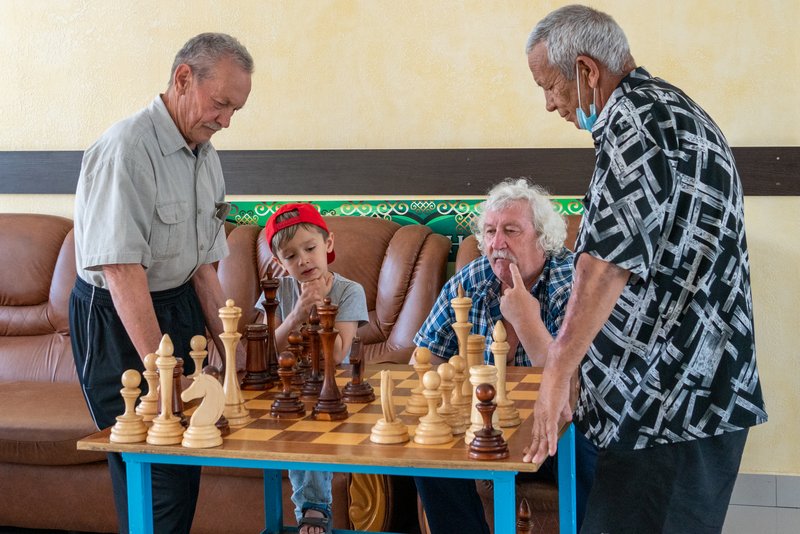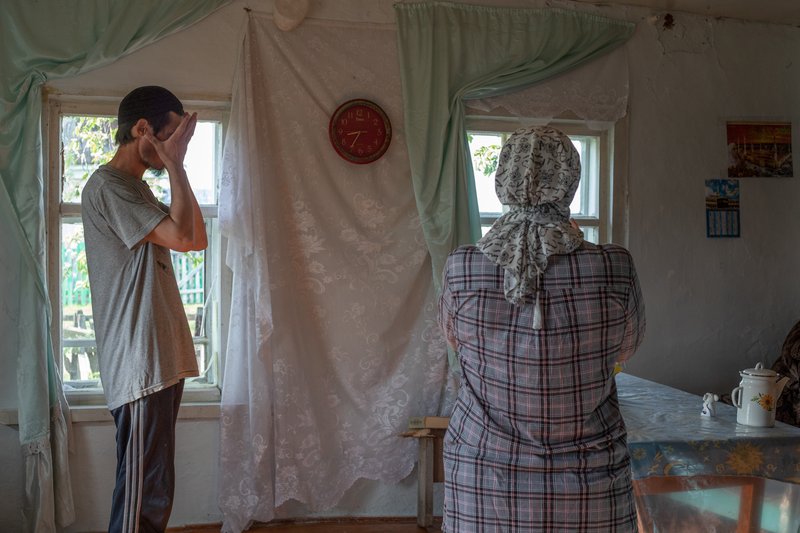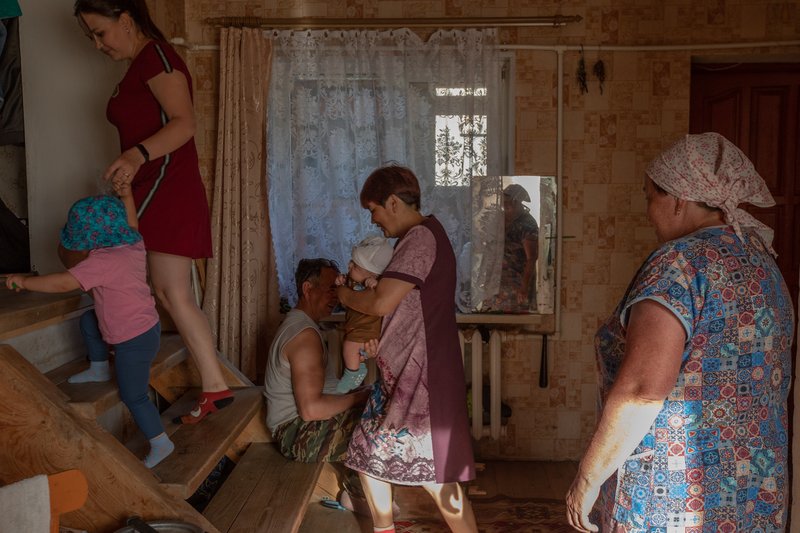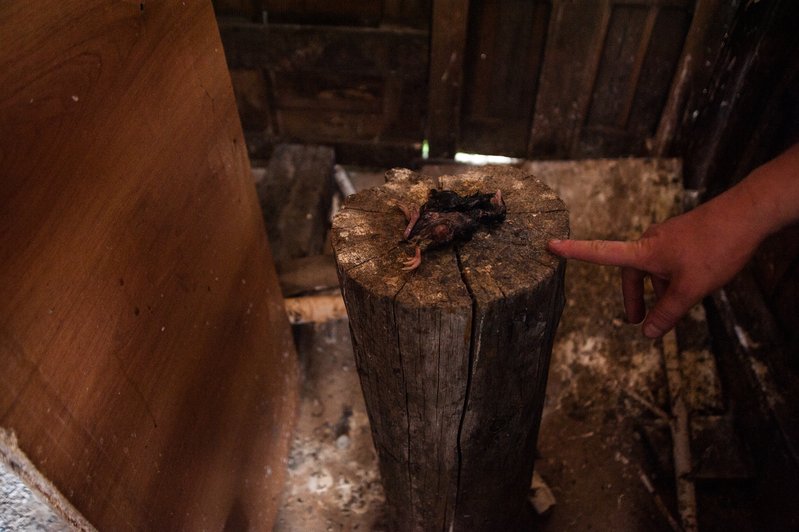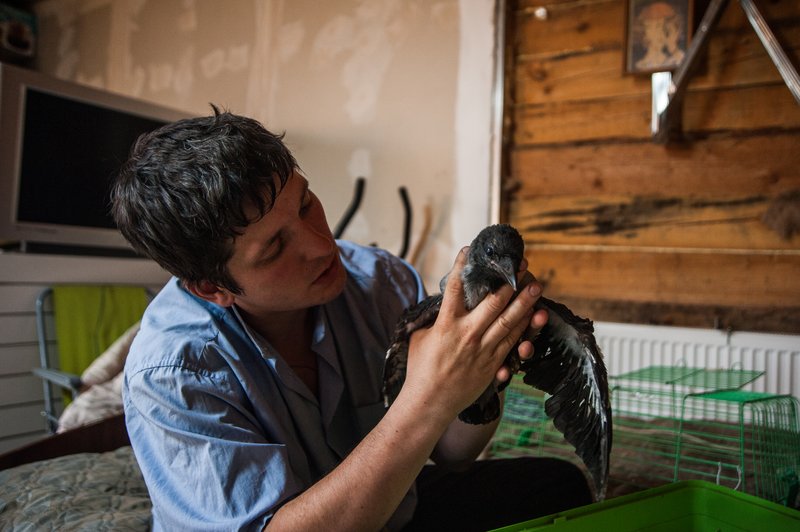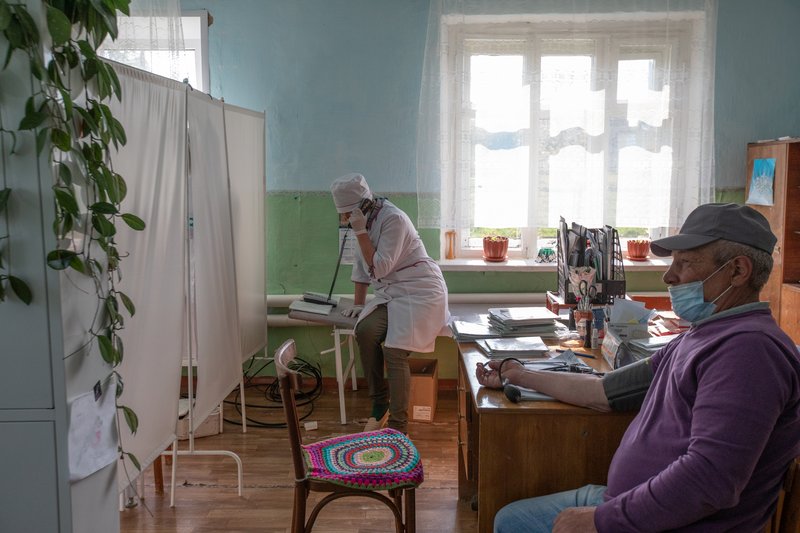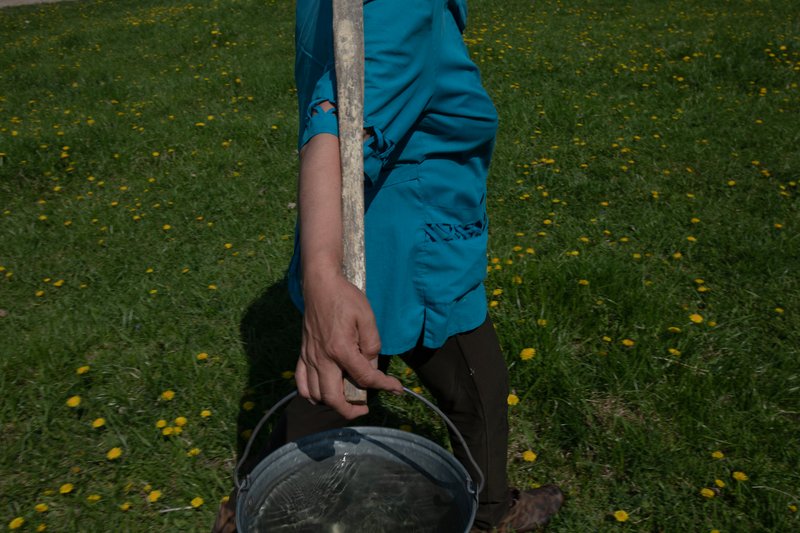CPOY 76 Team Picture Story Award of Excellence: Bashkortostan
Bashkortostan is a large Russian region located on the border of Europe and Asia. It has been fully affected by the problems associated with its post-Soviet legacy: the decline of agriculture, health care, and education. However, fuel-energy, metallurgical and machine-building complexes as well as other kinds of production made Bashkortostan one of the biggest industrial centers of Russia. At the same time national traditions are strong in the republic. It is especially noticeable in villages, where it is a custom to keep subsistence farming: almost every household has an apiary, birds, cows, sheep and horses. In rural areas people still practice folk arts and crafts, study Bashkir national culture and preserve local heritage. The cities are more cosmopolitan, but one can read the national character in them too. The Bashkir language, along with Russian, is the state language in the republic. Bashkir honey, koumiss and the Bashkir horse breed have become regional brands known nationwide. The therapeutic and prophylactic properties of Bashkir mineral water and mud are used in local sanatoriums. All this gives modern Bashkortostan a tourist potential, while its cultural traditions and rich heritage help the region to preserve its identity.




